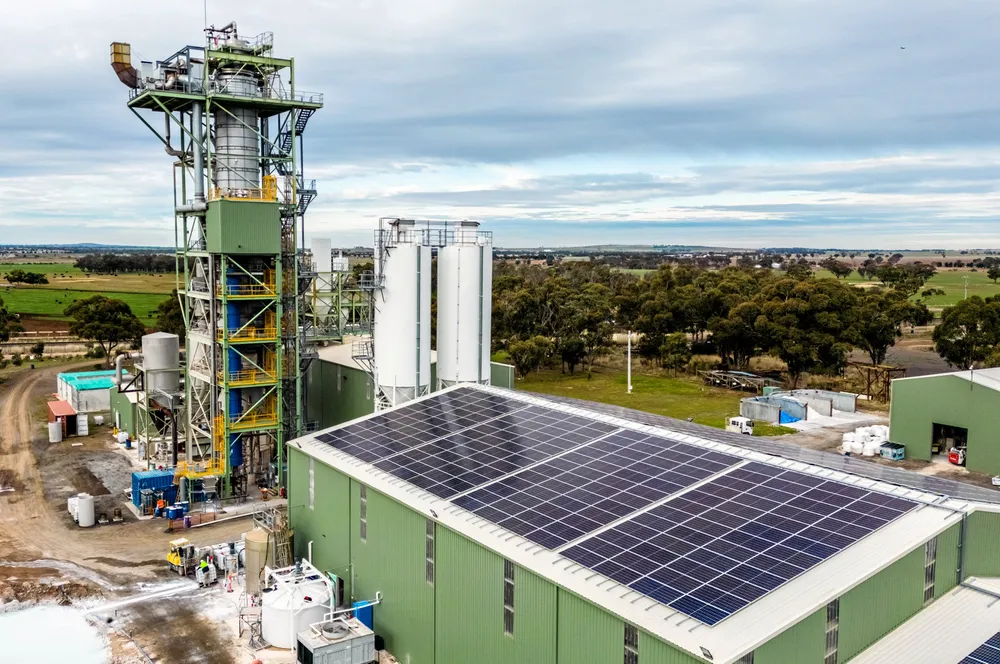Australian firm says it can slash the cost of green hydrogen-based iron for steelmaking, but do its claims stack up?
Green tech company Calix also asserts it can compete with fossil-based alternatives, before subsidies

Green tech company Calix also asserts it can compete with fossil-based alternatives, before subsidies
